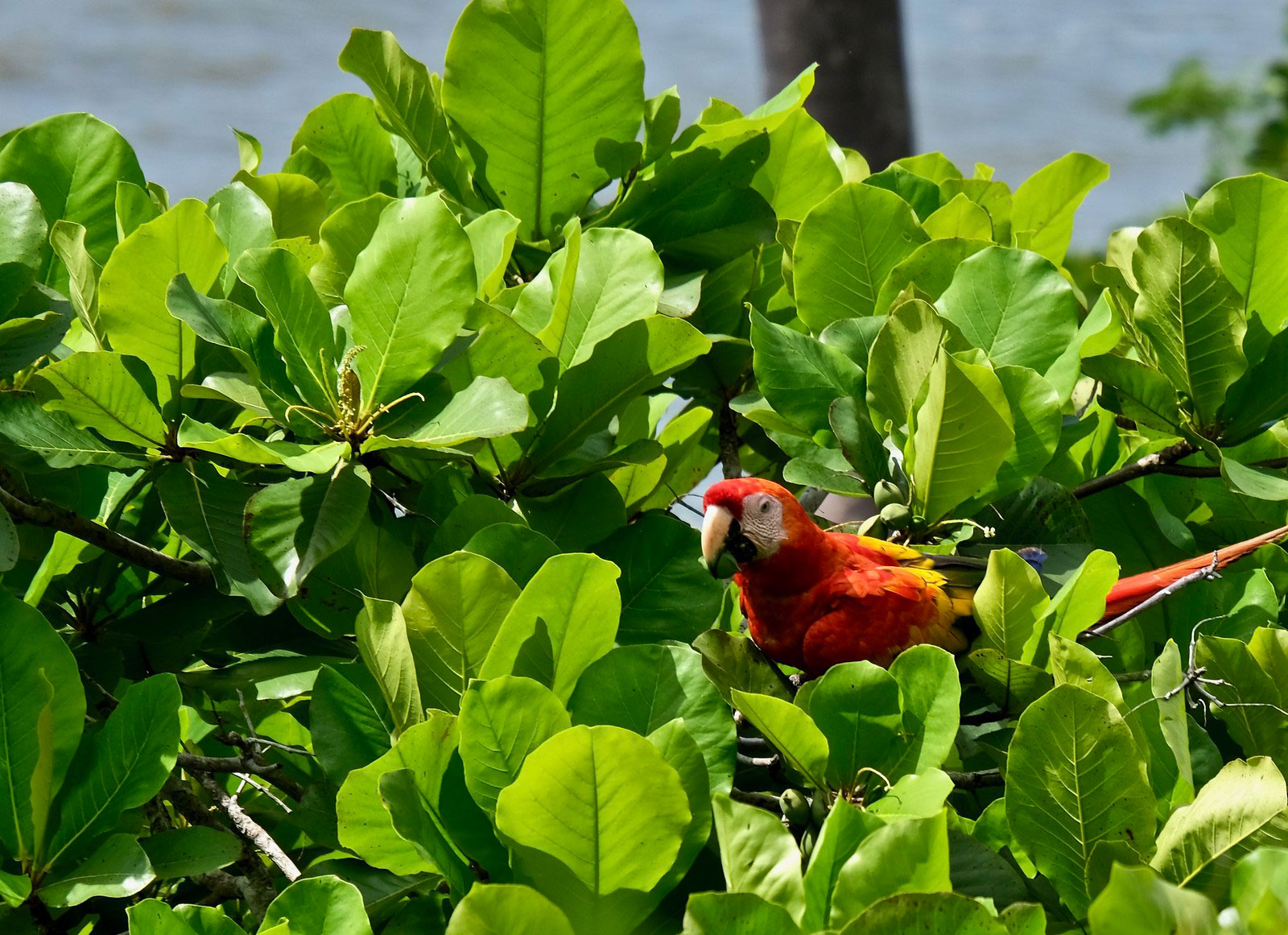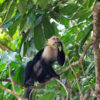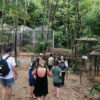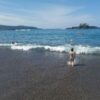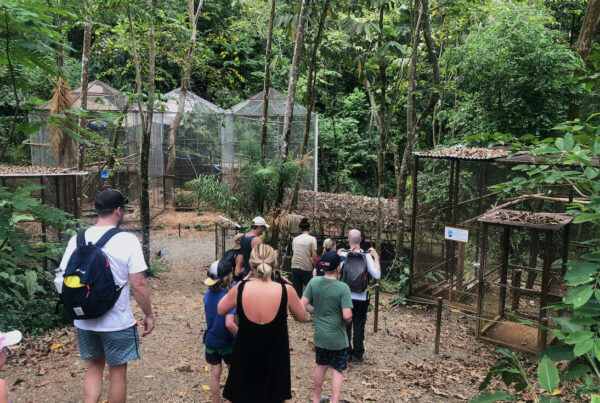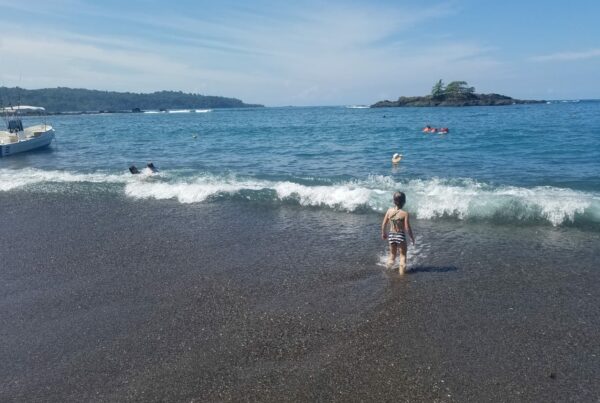The Pacific Ocean off the coast of Costa Rica ranks among the world’s top tropical destinations for saltwater fishing. Ocean fishing opportunities within ten miles of Costa Rica include near-shore, deep-sea, or island fishing. Which location you choose to fish depends on your target species, budget, and time frame, but anywhere you go is sure make for an unforgettable outing! Costa Rica’s waters have landed almost 100 world records in fishing, and the some of the most desirable sport-fish can be found here.
Casa Roja is located in a wild region where fish abound thanks in part to surrounding ocean and river sanctuaries. At Casa Roja we strive for responsible fishing practices so this special area can continue to support the amazing natural resources that everyone seeks to enjoy. Some of the neighboring sanctuaries include Humedal Nacional Terraba-Sierpe, the Caño Island Biological Reserve, and Corcovado National Park. In the Humedal Nacional Terraba-Sierpe, fishing is only allowed with rod or hook and line, while the two latter parks are no-take zones. Nearby Golfo Dulce is a responsible fishing zone that prohibits bottom trawling.

Inshore Fishing
Near- or inshore fishing in waters less than 30 meters deep is available along the coast of the Osa Peninsula and near Caño Island. Rocky outcroppings and islands nearly always hold an assortment of near-shore gamefish. Inshore fishing will net a more predictable catch year-round, but the fish are typically smaller in size than those found off-shore in deeper waters. Trolling diving crankbaits, casting lures close to breakers crashing on the rocks, or simply drifting bait can yield a mixed bag of roosterfish, barracuda, jacks, snook, snapper, grouper, trevally, mackerel, needlefish, and bonitos. We encourage guests to practice catch and release, and some protected species such as roosterfish (shown above) are catch and release only.
Inshore fishing along the coast of the Osa Peninsula can be done from shore, a small motorboat, kayak, or canoe, or even while free diving, and usually doesn’t require a fish-finder. It does require a license that we can obtain for you at Casa Roja. Particularly when conditions on the open ocean get a bit bumpy, the much calmer leeward sides of small islands offer a welcome reprieve from the bounce and sway of the high seas – especially for anglers who haven’t quite gotten their “sea legs” yet!

Offshore Fishing
Fishing in water over 30 meters deep is considered offshore and requires a different approach and equipment than inshore fishing. Depending on the time of year, marlin, sailfish, tuna, dorado and wahoo lure anglers offshore for a chance at a fish of a lifetime. Bill fish get most of the glory when it comes to big fish; however, all bill fish are catch and release in Costa Rica for conservation purposes. There are four species found off the Osa Peninsula, with black marlin being the largest, on average. Most of these fish are likely to be caught from October through December. If you want to catch something to take home and eat, then tuna is a good target that can be caught year-round. Dorado also make a nice meal and photo opportunity, with peak times occurring from May–December.
In the vast expanse of the open ocean, finding fish can seem like an insurmountable obstacle. High-speed trolling with lures that skip along the surface is often the method of choice to cover lots of water and create commotion on the surface, which increases the odds of a hookup. While trolling, experienced skippers are always on the lookout for signs that betray the presence of their pelagic prey. Pods of dolphins are frequently accompanied by tuna; lines of flotsam and marked changes in water color (or clarity) indicate convergence of oceanic currents and aggregating dorado; flocks of diving seabirds mark the location where actively feeding predatory fish have driven their prey to the surface. Fishing can be fast and furious when such places are found. Plan to spend a full day on the deep sea and prepare for rougher waters.

About 10-20 miles west of the Osa Peninsula, there are great opportunities to catch both inshore and deep-sea species. A combination of seamounts, the drop-off of the continental shelf, and the presence of Caño Island create a rich movement of water and nutrients that attracts a variety of inshore and pelagic fish. To finish your fishing trip on a relaxing note, consider taking a snorkel or dive at Cano Island Biological Reserve. Since three miles of its surrounding ocean waters are protected, you can easily find yourself immersed in schools of barracuda, jacks, snappers, and grunts, among others. On lucky days you can also see milkfish, dorado, wahoo, tuna, and even sailfish as they cruise the open water.


